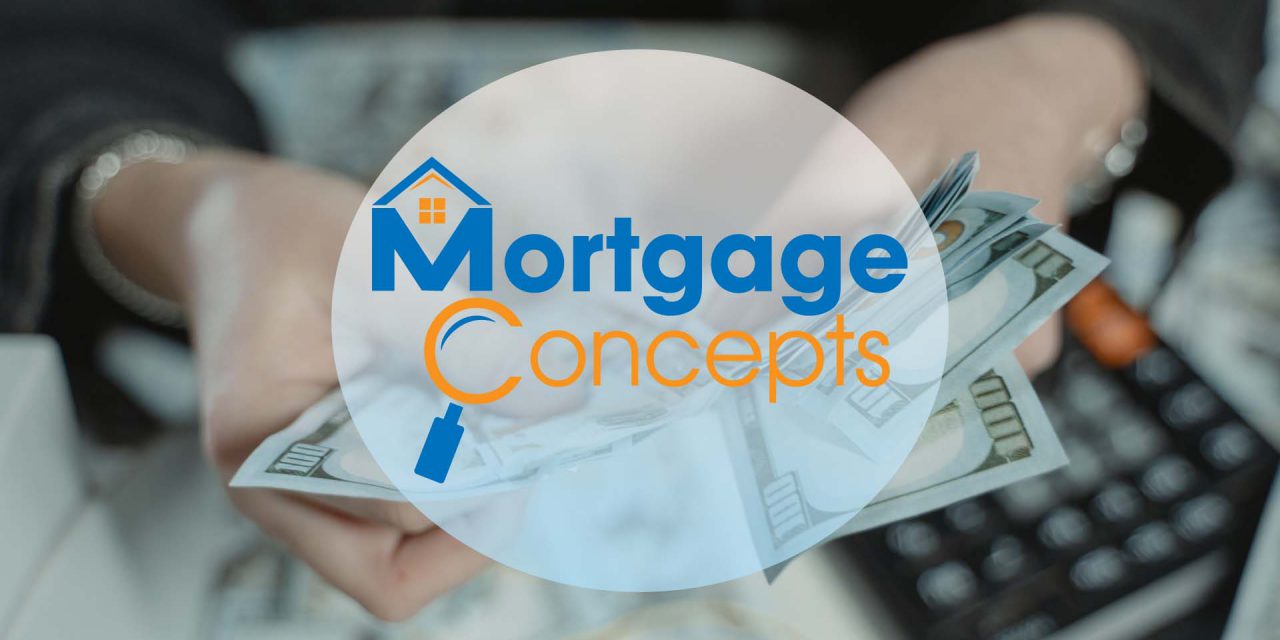Mortgage Concepts is a recurring video series covering best practices and compliance education for California mortgage loan originators. This video finishes our discussion regarding common mortgage fraud schemes mortgage loan originators are likely to encounter in their business. For course credit toward renewing your NMLS license, visit firsttuesday.us. Return to Mortgage Concepts: Common mortgage fraud schemes, Part 1 here.
Common mortgage fraud schemes, cont’d
HECM fraud targets seniors, who are coerced into obtaining a property or a reverse mortgage so the scammer can steal the funds acquired through the HECM. HECM fraud often involves other types of frauds, like appraisal fraud to increase the value of the property, investment fraud to acquire funds advertised as future investment profits for the senior and identity theft when the HECM is obtained without the knowledge of the senior owner of the property. Often, HECM fraud involves:
- a caregiver or family member coaching the senior on the acquisition of the HECM;
- someone with power of attorney acting on behalf of the senior;
- the power of attorney is held by a caregiver, but the senior has relatives;
- communication with the loan officer only through the person holding power of attorney;
- the senior’s credit report being inconsistent with the information on the loan application;
- the monthly mortgage statements sent somewhere other than the senior’s address;
- the senior borrower withdrawing large amount of cash or displaying unusual spending activity; and
- the senior obtaining a reverse mortgage but depositing few or no funds into their account.
Affinity fraud is fraud which relies on exploiting common bonds such as friendship, family, ethnicity, professional relationships or age-related groups. This type of fraud is a means by which other types of fraud are accomplished, e.g., the fraudster asks their family members to play certain roles in a fraud-for-profit scheme. Common indicators of affinity fraud include:
- parties to the transaction (loan officer, escrow officer, real estate agent, borrowers, appraiser) have a common bond;
- several parties to the transaction have the same surname;
- the borrower has excessive assets in relation to their employment income;
- large gifts from group members as a source of the down payment;
- the borrower works for a member of the group; and
- straw buyers, falsified gift funds and altered employment and asset information.
Social Security number fraud and identity theft takes places when an individual obtains the Social Security number or government ID of another and uses it to obtain a mortgage on their own behalf. Identity theft may go a step beyond the mortgage to include the use of the stolen identity for other types of fraud for profit.
House stealing involves the identity theft of a homeowner. The scammers then use fake IDs and forge the owner’s signature on forms transferring ownership to the property.














